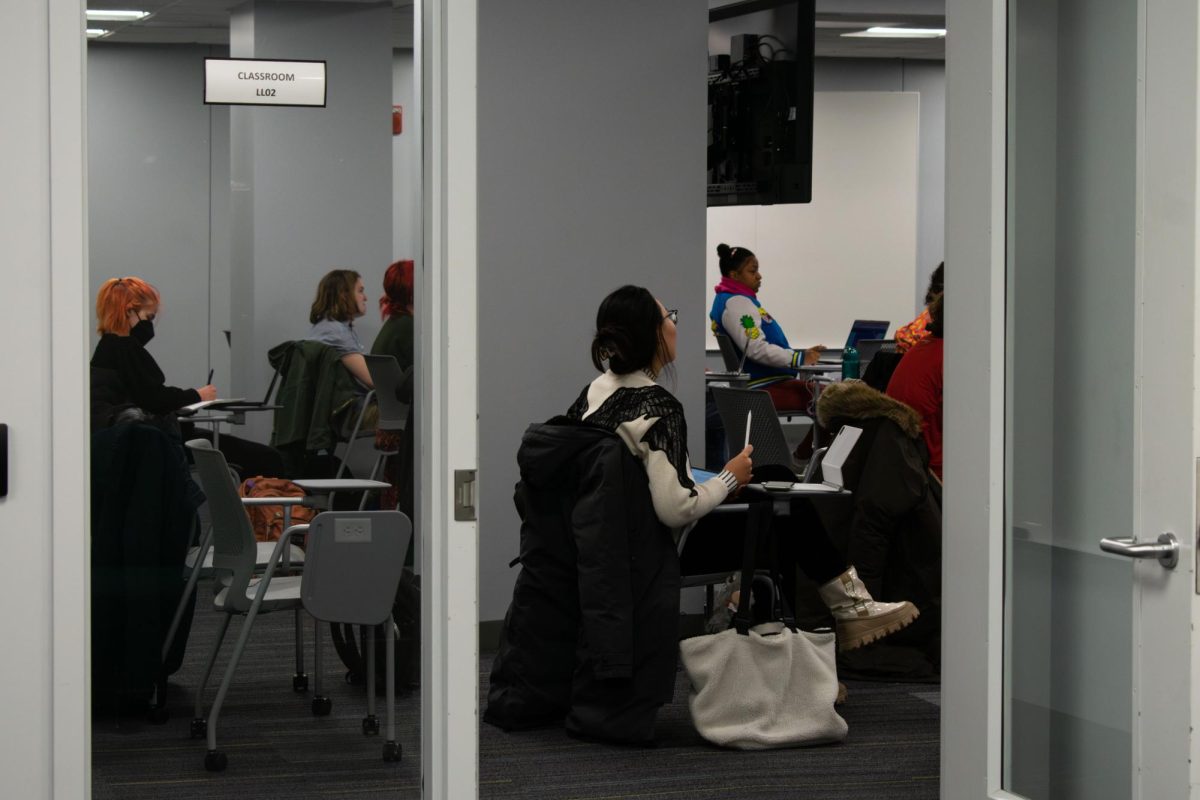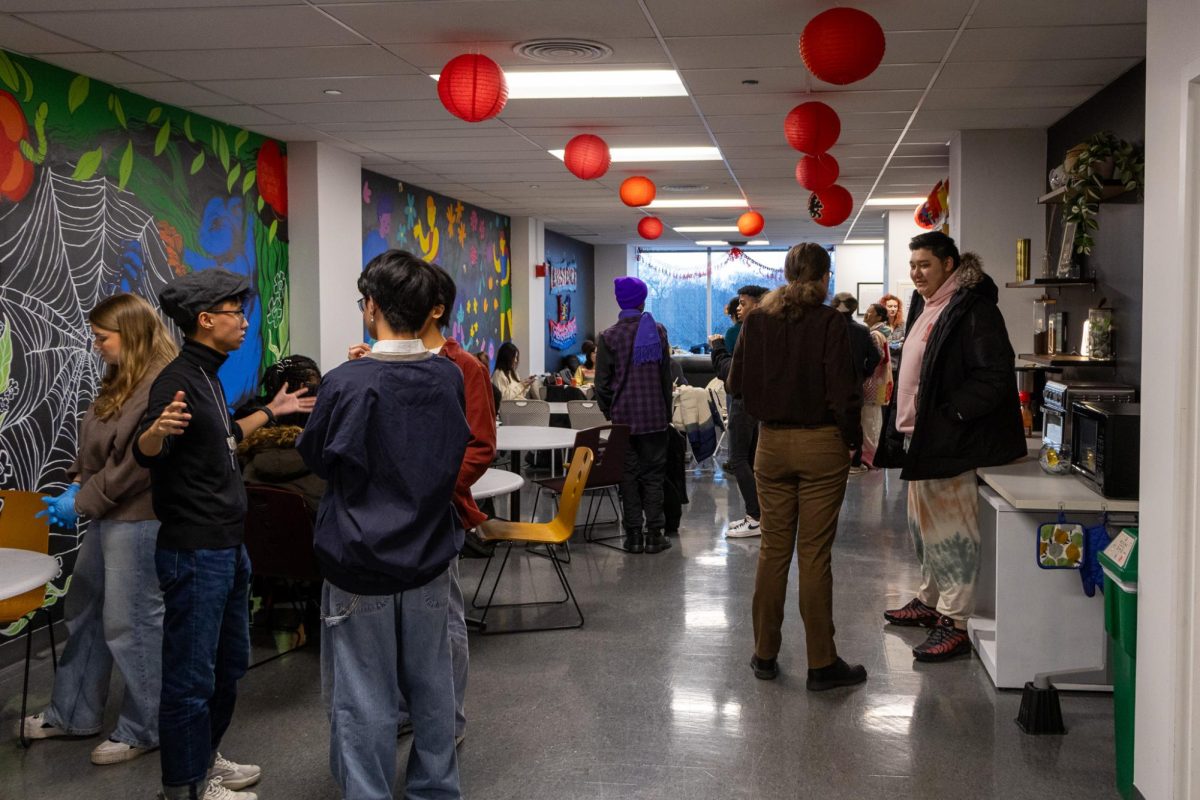Students who started their first year in Fall 2023 amidst the disruption of the part-time faculty strike will return to Columbia at higher rates this fall than the previous year.
The college is projecting that 65.1% of first-year students that started in Fall 2023 will remain at Columbia for Fall 2024, which is about 1,027 out of 1,578.
Only 64% of first-year full-time students that started in Fall 2022 returned to Columbia for Fall 2023.
“I prefer to think of it as student success. If we’re not retaining students, students aren’t succeeding,” said Greg Foster-Rice, associate provost for Student Retention Initiatives.
First-year students also returned this spring after the disrupted fall semester at slightly higher rates.
The persistence rate for students that began their first year in Fall 2023 and stayed at Columbia for Spring 2024 was 86.9%, which is slightly higher than the previous rate of 84.8% for first-years.
Students who started their college experience during Fall 2023 were about halfway through their first semester when the part-time faculty union went on strike for seven weeks. Many of the classes taught by part-time faculty weren’t held for the first few weeks of the strike.
Senior fine arts major Aja Martin said they noticed more people talking about leaving Columbia during the strike.
“A lot of students were worried about their classes, what their grades were going to look like, how it was going to affect them in the future, [and] whether or not it was worth it to continue at Columbia.”
Even before the strike, the college was trying to address retention. Columbia measures persistence as whether a student returns the following semester. Retention measures the percentage of students who return the following year.
After being alarmed by the low rates of retention among the Fall 2022 cohort, Foster-Rice said that different departments across the college connected in an effort to keep students at Columbia.
“We made a really hard push with the Student Success Summit in August of 2023 to connect faculty with student success resources like the Academic Center for Tutoring, Counseling Services, student life, [and] student organizations, we made a really big push with faculty.”
Foster-Rice said he was “pleasantly surprised” to see an increase in spring persistence and retention rates even after the strike in the fall.
“The fact that during the fall of 2023, when we had a strike and a cessation of courses for a bit of time, it’s really impressive that we had such a high spring persistence rate,” he said.
The college’s spring enrollment was 5,757 students in the spring, which is a 12% decrease from Fall 2023 enrollment of 6,529, as the Chronicle previously reported.
The college anticipates having 1,000 fewer students in the fall.
The college retains fewer students from any given class year to year. Out of the full-time students who began their first year in 2021, 67.2% stayed at Columbia after one year but only 56.4% stayed after their second year.
Senior audio arts and acoustics major Tom Gorman used to lead an esports organization at Columbia and said that he struggled to keep the group going because many of the members transferred out of Columbia.
“They were no longer interested in continuing their education either because of tuition increases or because of class offerings. This has happened at least three times just in one niche group of people, people who were interested in esports.”
Low enrollment, low student retention and the cost of the strike all contributed to the college’s $38 million deficit. Total enrollment at the college has declined since the COVID-19 pandemic began.
Compared to last year, first-year deposits are down 46% and transfer student deposits are down 36%.
The college has seen 771 fewer deposits from first-year students in fall of 2024 than it did in 2023, the Chronicle previously reported.
“We have a healthy, good-sized class coming in. It may not be coming in where we want it to be, so that is making the emphasis on retention that much more important,” Foster-Rice said.
Enrollment has also been affected by financial issues occurring nationwide.
The release of the Free Application for Federal Student Aid for the 2024-2025 academic year was delayed until December 2023. The delayed release and technical errors within the newly revised application meant that colleges would not receive the forms until much later and students would have to wait longer to see what financial aid they are eligible to receive.
Since colleges were delayed in creating financial aid packages for students, many students were unsure of what college they could afford to attend or if they could afford to return for another year.
Martin said that they are receiving less federal aid this year and that they are concerned about having to pay for that difference.
“That compounded on top of the tuition increases is not great.”
Foster-Rice said the college is trying to contact students who have not yet completed their FAFSA. “That has been a tremendous challenge for us in terms of enrollment and registration.”
Copy Edited by Doreen Abril Albuerne-Rodriguez










